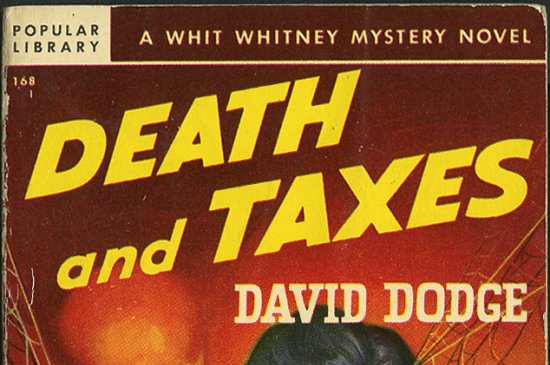
Tax liens last for 10 years from the date of issuance and can actually be renewed if they haven't heard from you about the liens or you haven't attempted to resolve them. The head in the sand approach does you no favor with the taxman, but there are alternatives to get you out from under a lien – bankruptcy is one of these options, but only for those that truly can't afford their bills and typically have other debts they can't afford in addition to those pesky tax debts.
Here are your available options to shed a tax lien:
#1 Pay it in full – For most people, if this was something they could afford to do, they would have already done so. Rarely, there are people that can afford their taxes, but choose not to pay them (consider Real Housewives of NJ stars Joe and Teresa Giudice). You may be able to get the IRS to accept a payment plan and let you make installment payments over time that includes allowing them to apply any income tax refunds you get to the outstanding balance. This can be tough, but for many, is doable.
#2 Try to get an offer in compromise – If you can't afford your tax bill and are hit with a lien, you can pitch an offer to the IRS for a lesser amount. This is called an offer in compromise or OIC. Unfortunately, about 75% of these offers are rejected by the tax agency even when clearly the consumer is offering to pay all they can but simply can't afford the debt. The IRS is not known for being a reasonable creditor. If they do take it, they settle for a lesser amount, paid in a lump sum or on a payment plan, but if you miss even one payment, they will generally take back the OIC and you'll owe the entire amount again.
#3 Use bankruptcy – If you filed your tax returns on time, but couldn't afford the bill, but no tax lien has yet been filed, you may be able to get these tax debts discharged using a Chapter 7 bankruptcy. Tax debts from returns filed on time and at least two years prior to the filing of a Chapter 7 petition may be eligible for discharge, but once a lien is filed, a Chapter 7 won't usually help. A Chapter 13 is usually a more viable solution to deal with tax liens. A Chapter 13 can often strip the tax liens off of your assets thus moving them from being secured debts to unsecured.
This makes them eligible for discharge so long as you complete your entire payment plan. A Chapter 13 repayment plan last for three to five years and requires you to put most of your income toward your debts. You'll pay your bills each month as normal then pay a lump sum to the bankruptcy trustee who then distributes the amount paid among your creditors with secured creditors getting first dibs (this includes payments for back mortgage and car payments). What money is left over goes toward unsecured creditors. Often, just 5%-10% of unsecured debt is paid during the plan and then the remainder are discharged at the end of the plan.
